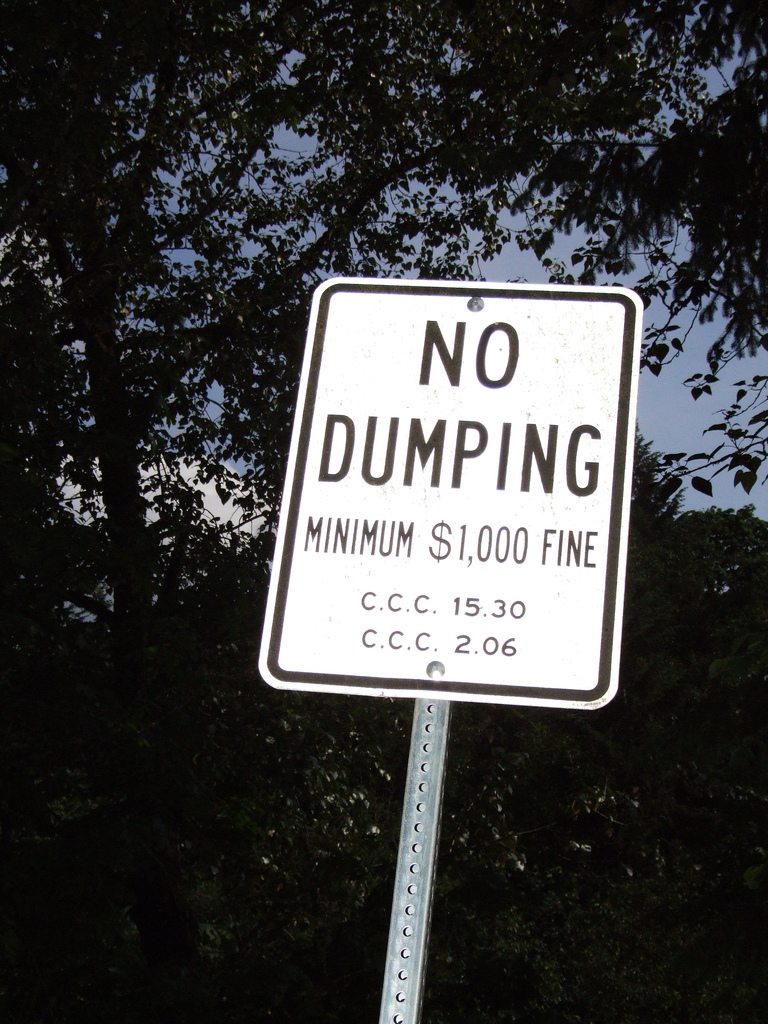Election season has come and gone. Several Arizona districts were quite happy as their overrides passed. Others were disappointed as their overrides died at the ballots. As a teacher, it’s easy to be furious at these voters. “Why don’t they see that schools need more money!?” we may want to scream! However, these “frugal” voters have reasons to be cautious. Schools can be huge financial black holes. Money can be dumped into schools by the millions without a noticeable difference being made. Schools have a certain level of accountability to voters and they need to be good stewards of the resources that are received. This is pretty easily accomplished. Districts, administrators, voters, and legislators need to know the teachers in their districts and be aware of what those teachers actually need and are able to use.
This school year, my classroom received a cart which contained 35 Ipads; enough for each one of my students. The combined cost of this cart was over $30,000! That’s a huge chunk of money. In some parts of Arizona, that’s a new teacher salary. With that in mind, I feel a huge amount of pressure to utilize these Ipads effectively. I had to learn how to research and use different apps. I had to put management protocols in place for students to use them. I had to teach my students how to use them. It’s a lot of work. It would’ve been much easier to continue with paper, pencil and book activities. I already know those work for me. However, if I don’t do the work, there is a $30,000 dust collector in my room. That’s a bit extravagant!
Last year, I attempted a GoFundMe project to buy Ipads for my classroom. My principal knew that. When the opportunity presented itself to get an Ipad cart at our school, she immediately thought of me. She knew I wanted a cart and I had demonstrated the desire to go above and beyond to learn how to use it. Because of her knowledge of me, she was able to make an informed decision give me that resource. (I hope she still thinks it was a wise decision!) For every teacher I can think of who would love to have this technology, I can also think of one who would likely let the cart sit unused for the majority of the time. This is where knowledge of teachers and what they need or desire becomes important. When it comes to school funding, ask a teacher. If money is spent on what others think a teacher needs, the money could just be thrown into a black hole.
This waste of money is not just limited to technology. Walk around a school. See how many unused textbooks, curriculum guides, book sets, or manipulatives you can count. If the teachers are not currently using these things, the money could have been better spent. How do you know if a teacher will use the resources? That’s a funny question with a simple solution. Ask them. I had a principal once who was going to buy a class set of geo boards for my classroom. Due to my classroom experience, I detest geo boards. I find any instructional benefit is far outweighed by the management that goes along with using them. I use other tools much more successfully to accomplish the same learning goals. If my principal would’ve given me a box of them, they would have sat in a supply closet unopened.
Wastefulness of resources is not just limited to teacher experience but also to time limits. I have seen several schools buy much needed science and social studies resources. A former principal invested in Foss Kits at my school. I loved those kits and used them for several years with much success in student achievement. However, extreme focuses on reading and math instruction along with standardized testing put a drain on my time allowed for science instruction. The last couple of years at that school, those Foss kits stayed in the corner collecting dust.
Throwing money at schools is not the answer. The money needs to be spent wisely and effectively. Without the teacher input, the money could easily be wasted. Do we really want our schools to be huge money pits?










Comments 6
I agree! Also, when school districts purchase such expensive materials like FOSS kits, extensive training should be offered. They won’t be fully appreciated and appropriately implemented when teachers don’t understand the true educational value of the materials. But that would cost more money. Ha!
Yes money is great, but focused/explicit use and needs of the money is even better. I am sure many educators know this story of the coolest thing being purchased, but training to use it, so it remains unused. There should be many collaborative conversations with different people in schools in order to see how money is best spent. Thanks for sharing your experience.
Nice piece, Donnie. My hunch is that we don’t close the loop when we make big purchase in schools in terms of whether or not any specific learning was enabled as a result of the purchase. We get excited about new technology, shiny equipment, or promising curricular programs, but teachers are not typically help accountable to demonstrate exactly what happened as a result of the purchase. So yes–teacher input for sure. But teacher output as well.
Agreed Eve. Donnie is a go-getter rockstar type who happens to know how to use his voice to leverage opportunities for his students. There are many teachers who have not yet had opportunities to find and use their – and that needs to be a first-step in contributing to funding and resource conversations. Many of us are able to articulate what is *not* working… but being able to advocate for ourselves and students in ways that can offer solutions in addition to frustrations is key to forming collaborative partnerships with administrators, politicians, and the community. If we, as teachers/leaders can brand ourselves in ways that help us become the go-to people for things we know are good for kids (like Donnie did with his iPads), we can bring visibility to a need, solution, and opportunity that most funders can get behind.
Well put, Donnie. I was recently trying to articulate my thoughts around a large textbook adoption that my district undertook. I believed I was presenting a thoughtful view of how we could better align the textbooks to Arizona College and Career Ready Standards. The district heard whining and negativity and wondered where I had been when they were choosing which textbooks to adopt. Well-played, district. But we really do need to plan for better feedback loops to avoid the money pit!
This was a great piece. It seems as though iPads in the classroom are becoming more and more commonplace. When I was a senior in high school a few years ago, my school was given a number of iPad carts to distribute out to different classrooms.
The bulk of the classroom work I did on an iPad in high school revolved around doing online research for pen-and-paper projects (not very exciting). With that being said, I think the point that you raise here in your post is very important: teachers should be having their voices heard as to what they think their students need when funding becomes available.
As Eve mentioned a couple of comments ago, I think a lot of districts and administrators purchase items like these because there’s an expectation to integrate technology into the classrooms. Although I think iPads are a great addition to the classroom if they are used in an innovative and engaging way, there might be other things that teachers need that are being overlooked for tech. Tech is great, but it needs to be balanced with what teachers need.